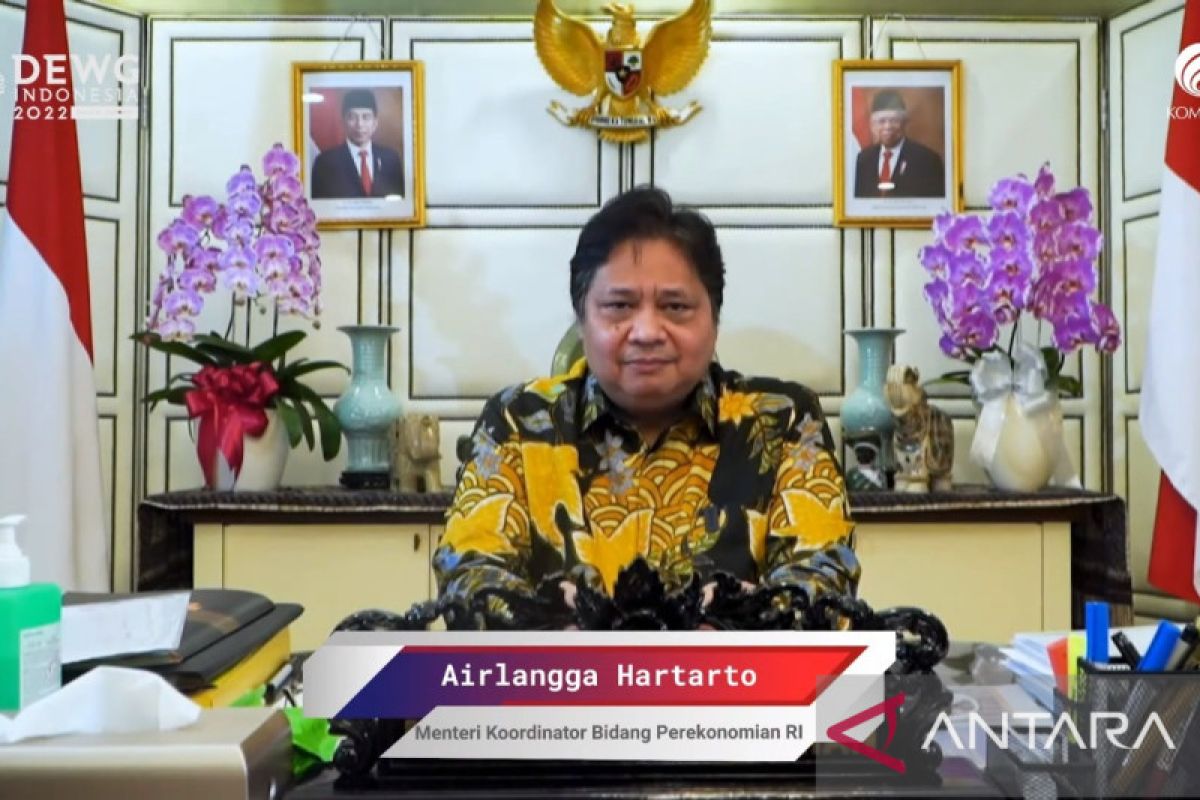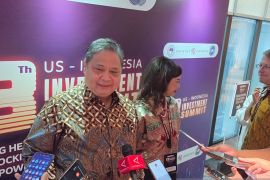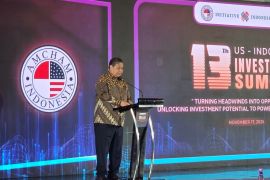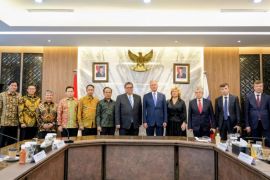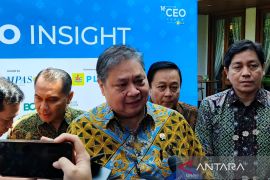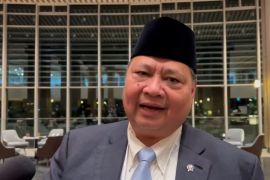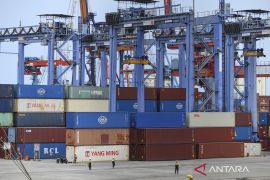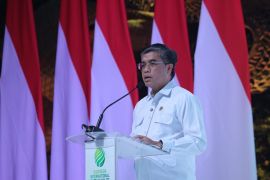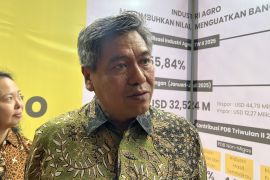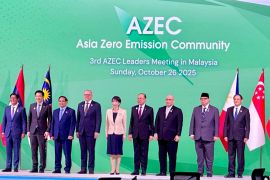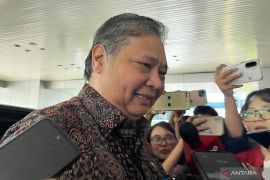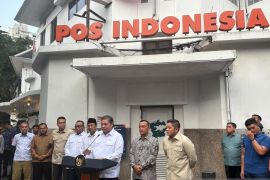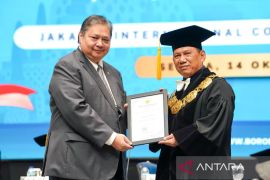To achieve this, the strategy for dealing with the pandemic by strengthening the 3T process, treatment or therapy, health protocols, and vaccinations will remain the main priority in addition to the economic recovery strategyJakarta (ANTARA) - Indonesia has the highest digital economic valuation in ASEAN, at US$70 billion, or 40 percent of ASEAN's digital economy, and projected to increase to $146 billion in 2025, Coordinating Economic Affairs Minister Airlangga Hartarto stated.
"We must take advantage of the great potential of Indonesia's digital economy to improve mutual prosperity," Hartarto noted in an official statement, Friday.
In terms of digital talent in the future, some nine million digital Human Resources (HR) will be required in Indonesia by 2030, which will be met by today's young generation and will accelerate the growth of entrepreneurs in Indonesia.
With digitalization, the targeted economic growth in 2022 of 5.2 percent year-on-year can be achieved.
"To achieve this, the strategy for dealing with the pandemic by strengthening the 3T process, treatment or therapy, health protocols, and vaccinations will remain the main priority in addition to the economic recovery strategy," he remarked.
Related news: Universities urged to tap into potential of G20 Presidency's momentum
In the long term, Indonesia is keen to escape the middle-income trap, so it needs to create more jobs by increasing the number of entrepreneurs.
Currently, the ratio of the number of Indonesian entrepreneurs is still low, at around 3.47 percent of the total population, so the development of MSMEs should be further supported.
Efforts to help these MSME actors survive in the midst of a pandemic must also be conducted, the minister noted.
"The Job Creation Law will help create job opportunities, as this regulation will increase the ease of doing business to improve investment and productivity through a new paradigm, specifically risk-based licensing that is simpler, faster, and integrated," Coordinating Minister Hartarto remarked.
Digital transformation that is evenly distributed across all Indonesian regions is key for growth of the national digital economy, Secretary-General of the Ministry of Communication and Informatics Mira Tayyiba earlier stated.
"Digital transformation and its utilization must be spread evenly and not only be concentrated in metropolitan cities. Tier 2 and 3 cities have great opportunities in the next decade," she remarked.
According to Tayyiba, Tier 2 and Tier 3 cities account for 46 percent of Indonesia's total gross domestic product (GDP), and their contribution is estimated to increase to 49-51 percent by 2030.
Related news: DEWG G20 to encourage creation of digital ecosystem: Minister Hartarto
"This means the percentage of these cities' contribution will cover up to half of Indonesia's GDP," she remarked.
Furthermore, the secretary-general noted that the COVID-19 pandemic had activated digital adoption in non-metropolitan areas. Some 72 percent of the 21 million new digital consumers in 2021 came from non-metropolitan areas, she noted.
The digital economy in these cities is expected to grow up to five folds between 2020 and 2025, with their projected contribution to the national digital economy reaching more than 40 percent; with the highest contribution made by e-commerce, health tech, lending, edutech, payment, and ride and delivery sectors, she noted.
Related news: Kenya embassy in Jakarta to enhance bilateral ties: FM
Related news: 10,280 AstraZeneca vaccine doses expire in Kendari
Translator: Sanya D, Azis Kurmala
Editor: Fardah Assegaf
Copyright © ANTARA 2022
